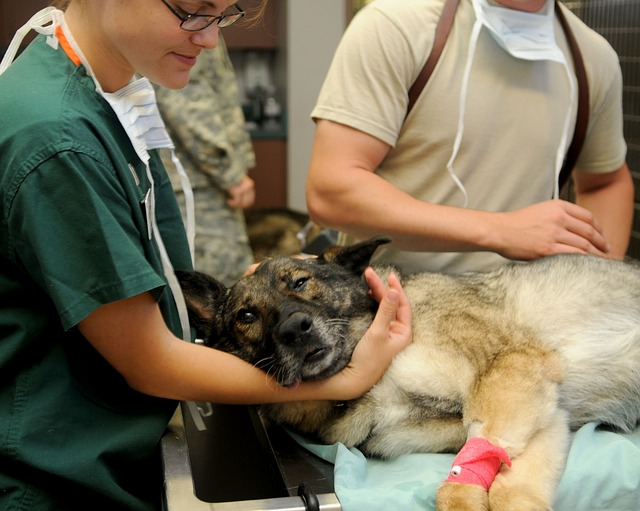How People With Pain Can Benefit From Pet Ownership
/By Victoria Reed, PNN Columnist
Having chronic pain causes significant and daily challenges that can make life miserable, leading to depression and anxiety. As many people discovered during the pandemic, adopting a pet can be therapeutic, positively enhance your life, and may even reduce pain levels.
When my children were young, we adopted a senior dog from the local animal shelter. Bringing home Albert, a lab mix, turned out to be one of the best decisions we ever made for our family.
He instantly bonded with us, in particular with the youngest child. Albert became like an emotional support animal for her, as she suffers from severe anxiety and panic attacks. During times of stress, Albert was always there to calm her down. He just had a way of making her feel better and quickly became a valuable member of our family.
We enjoyed seven great years with Albert before his health started to take a turn and, unfortunately, we had to say goodbye. Because we knew from the beginning that our time with him would be limited, we always appreciated Albert and tried to make the most of our time with him. He definitely gave us more than we ever could give him!
Since my kids are mostly grown up now, I decided to adopt another pet and had hoped to re-create the bond that my daughter had previously with Albert.
Lacey, a tiny poodle mix, has been everything I had hoped for. Not only is she a great little companion, but during bad days, when my rheumatoid arthritis or fibromyalgia are bothersome, she is always nearby, providing comfort, love and affection. She goes everywhere with me and has become an important part of my life.
According to Dr. Steven Richeimer, a professor of anesthesiology at USC’s Keck School of Medicine, pets help relieve chronic pain by keeping us active and making us feel less stressed.
“In my practice as a pain management specialist, I've heard numerous accounts of pets improving the lives of patients living with chronic pain and diminishing the depression that often accompanies it,” Richeimer wrote in Spine Universe. “There's no doubt in my mind that having a pet — or interacting with a trained therapy dog or cat — can improve a pain patient's quality of life. Animal companionship is a natural pain reliever, and a substantial body of research supports this theory.”
One study of fibromyalgia patients found that just 10 to 15 minutes of petting a therapy dog lowered levels of cortisol, a stress hormone. Patients also reported significant improvement in their pain, mood and distress after a therapy dog visit.
Chronic pain patient Jodi Tuckett found that fostering a dog named Suzy helped her recovery after she was seriously injured in a collision with a dump truck.
“Having a little mangy mutt to look after shifted my focus away from me, my pain and my therapy team. She helps me when my neck, back and hips are hurting. I take her for a walk. Moving and keeping my joints loosened up makes me feel better. Suzy takes me out – out of the house, out of myself and out of my pain,” Tucket explained in Pain Pathways.
Getting a pet, if you are financially and physically able to provide for one, can be beneficial to you physically and can improve your emotional state. There are many animals living in shelters and on the street that are in need of good homes!
Rescued animals have so much love and affection to give, that you might wonder who’s doing the rescuing! I know that Albert and Lacey gave us many years of love, comfort and enjoyment, and I hope that other chronic pain patients will consider adding a pet to their lives. The benefits could surprise you!
Victoria Reed lives in Cleveland, Ohio. She suffers from endometriosis, fibromyalgia, degenerative disc disease and rheumatoid arthritis.





